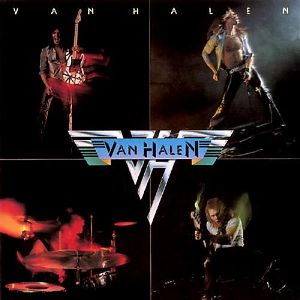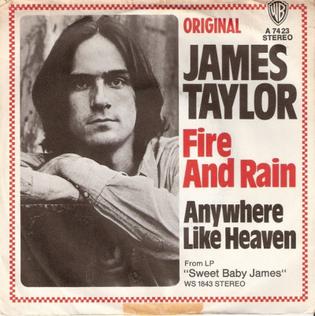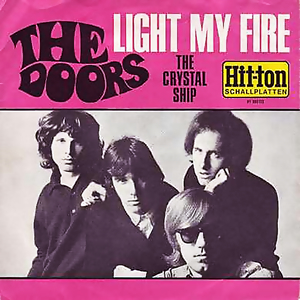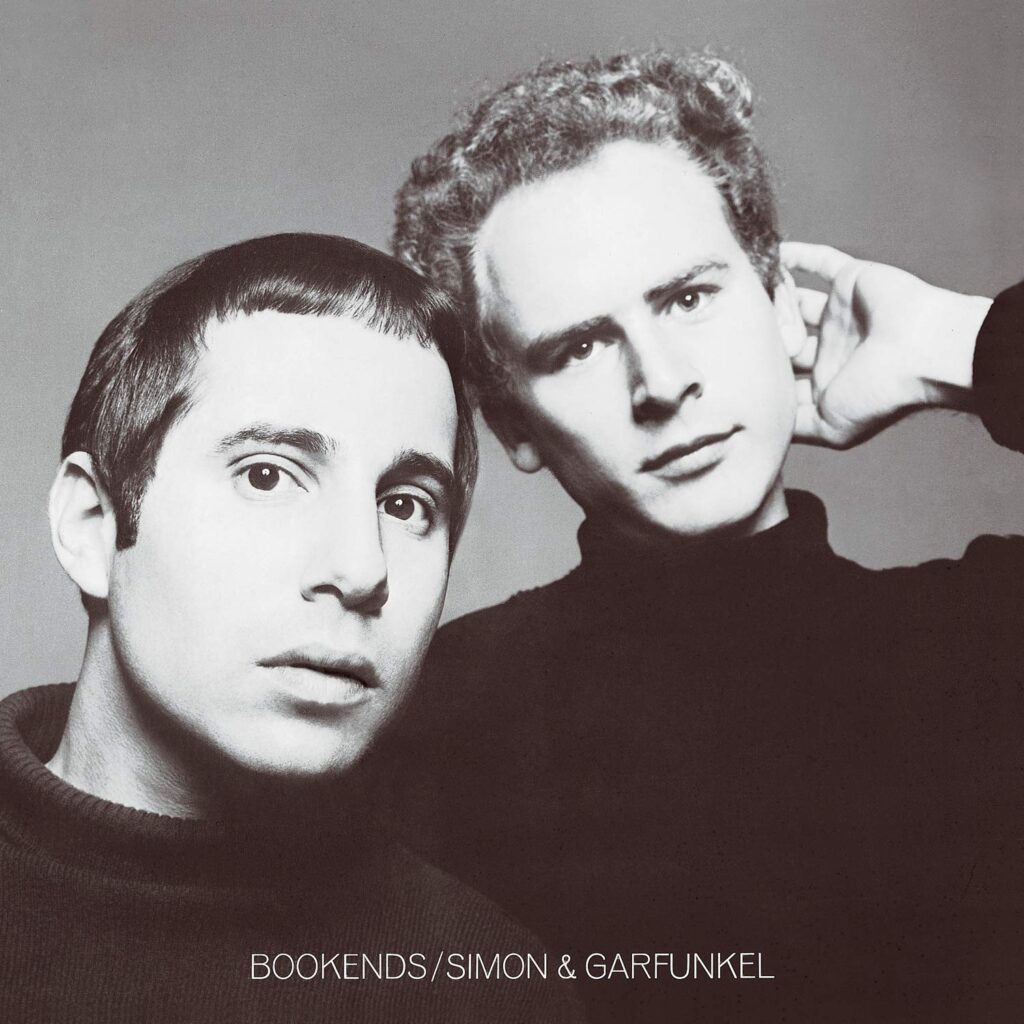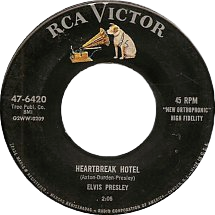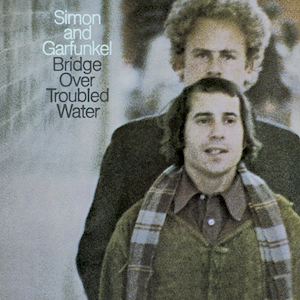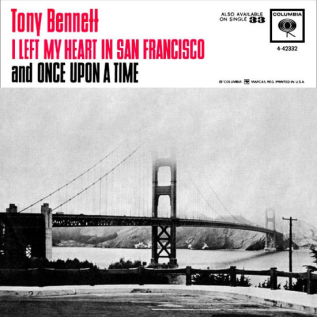
• I Left My Heart in San Francisco •
This track was recorded at Columbia’s 30th Street Studio, a large worship space converted into a recording studio, rich with live ambience and two chambers in the basement. It was mixed, however, at Columbia Studio A on 7th Avenue. So the ample dose of chamber reverb — mono in this mix — on Tony’s vocal comes from the stairwell chamber of Columbia Studios on 7th Ave.
- Artist: Tony Bennett
- Single: this was the B-Side to Once Upon a Time
- Label: Columbia
- Year: 1962
- Producer: Ernie Altschuler
- Engineer: Frank Laico (record), Mike Figlio (mix)
- Studio: recorded at Columbia Studio C, 207 E. 30th St. New York, NY, USA; mixed at Columbia Studio A, 799 7th Ave, New York, NY, USA

